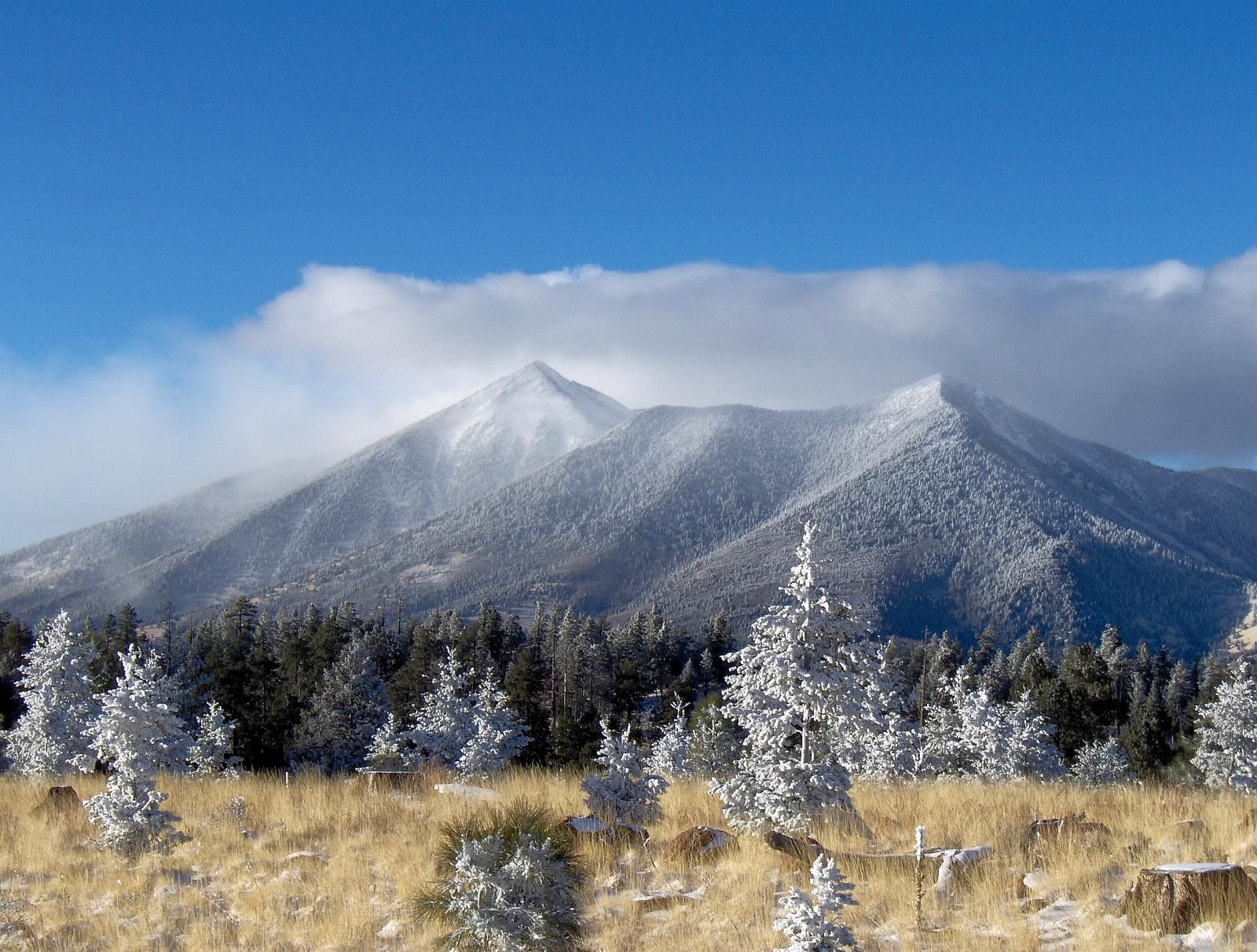 April 28, 2014
April 28, 2014
Indigenous peoples depend on their sacred lands and places for their identity and for the free exercise of their cultural, religious, and spiritual practices. International human rights law recognizes the rights of indigenous peoples to their sacred places and to their cultural, religious, and spiritual practices.[1] Yet, development projects and extractive industries, often with the support of states, frequently affect indigenous lands and desecrate indigenous sacred sites for political, economic, recreational or other interests. The World Conference on Indigenous Peoples is one significant opportunity to take action to promote respect for indigenous peoples’ rights to their sacred and cultural sites, and to protect and prevent their sites from being desecrated, degraded, or destroyed.
Indigenous peoples’ rights to continue to use, care for, and have access to their sacred spiritual and cultural sites must be given attention by the World Conference by deciding to take the actions recommended by many indigenous peoples:
Recommends, That the World Conference take priority action to protect indigenous peoples’ rights to their religious and cultural sites, and recommends particularly that the World Conference request the Office of the High Commissioner for Human Rights, the Human Rights Council, the Expert Mechanism on the Rights of Indigenous Peoples, the Special Rapporteur on the Rights of Indigenous Peoples, the UN Educational, Scientific and Cultural Organization, and the Permanent Forum on Indigenous Issues to gather and share relevant information and best practices, conduct expert meetings and interactive panels, prepare studies, issue reports, and make concrete recommendations for the implementation of indigenous peoples’ right to maintain, protect, and have access in privacy to their religious and cultural sites and to manifest, practice, develop and teach their spiritual and religious traditions, customs and ceremonies. The recommended implementing and monitoring mechanism for the UN Declaration, when it is created, should also give priority attention to the protection of indigenous peoples’ religious and cultural sites.
Similar recommendations have been made by other indigenous peoples and regions including, significantly, the recommendation expressed in the Alta Outcome Document.
A number of UN treaties, instruments, bodies, and specialized agencies have already recognized the need for increased protections for indigenous peoples’ religious and cultural sites. The proposed recommendation calls for various actions to strengthen the enjoyment of rights recognized in the UN Declaration on the Rights of Indigenous Peoples, realization of which is the key objective of the World Conference. Article 11 of the UN Declaration recognizes that much of what indigenous peoples hold sacred has been taken by states “without their free, prior and informed consent or in violation of their laws, traditions, and customs.” Together, Articles 11 and 12 of the UN Declaration provide that indigenous peoples have rights to their sacred places regardless of where they are located. This includes the right to practice, revitalize, maintain, protect, and develop their cultural, religious, and spiritual traditions, customs, and ceremonies, including private access to their religious and cultural sites, use and control of ceremonial objects, and repatriation of their human remains. Articles 24 and 25 further recognize indigenous peoples’ rights to maintain and strengthen their spiritual relationship with their traditionally owned or otherwise occupied lands and waters, including rights to their traditional medicines, plants, animals, and minerals.
UN Special Rapporteur Erica-Irene Daes proposed that states and international actors “respect and protect the special relationships that indigenous peoples have to lands, territories, and resources, particularly sacred sites, culturally significant areas, and uses of resources that are tied to indigenous cultures and religious practices”[2] and supported the objective that indigenous peoples be provided “traditional cultural and sacred sites” sufficient for their survival and well-being in resolving any indigenous land issues.[3]
Specialized agencies of the UN, including the World Bank and the International Finance Corporation also recognize the importance of indigenous sacred sites. The World Bank aims to ensure that development projects “foster [ ] full respect for [indigenous peoples’] dignity, human rights, and cultural uniqueness.”[4] And in its Performance Standard 7, the International Finance Corporation recognizes in pursuing projects that impact sacred sites and lands and natural resources of indigenous peoples, even those under traditional ownership or customary use, indigenous peoples’ free, prior, and informed consent is required.[5]
Importantly, the UN Educational, Scientific and Educational Organization (UNESCO) recognizes 981 World Heritage Sites, 759 of which are cultural sites.[6] But UNESCO alone cannot of course adequately protect indigenous peoples’ sacred religious and cultural sites. Existing instruments have largely been ineffective in protecting and promoting indigenous peoples’ rights to their sacred and cultural sites. The proposed recommendation to the World Conference would do more to protect indigenous sacred and cultural sites and promote the free exercise of their cultural, religious, and spiritual practices. Without such increased attention and urgent implementation, indigenous peoples’ sacred spiritual and cultural sites will continue to be threatened and in some instances destroyed forever.
[1] E.g., International Labour Organization Convention (No. 169) Concerning Indigenous and Tribal Peoples, 27 June 1989, art. 14.
[2] UN Commission on Human Rights, Report on Indigenous peoples and their relationship to land, Final working paper by the Special Rapporteur, Mrs. Erica-Irene A. Daes, E/CN.4/Sub.2/2001/21, 41 (11 June 2001).
[3] Id. at 27.
[4] World Bank Operational Directive 4.20, “Indigenous Peoples,” para. 6, September 1991.
[5] See Expert Mechanism on the Rights of Indigenous Peoples’ Follow-up report on indigenous peoples and the right to participate in decision-making, with a focus on extractive industries, A/HRC/21/55, 20 (16 August 2012).
[6] World Heritage List, available at http://whc.unesco.org/pg.cfm?cid=31&mode=table (last accessed 27 March 2014).
